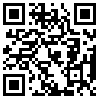1. Equipment
The winding unit adopts advanced imported extrusion winding equipment. The winding unit is equipped with external welding - disc welder, internal welding - long arm welder and flat plate touch welder. In order to improve the processing accuracy and work efficiency of product accessories, the company is equipped with advanced auxiliary production equipment such as precision engraving machines, horizontal sliding table saws, and Laidan plastic welding guns imported from Switzerland.



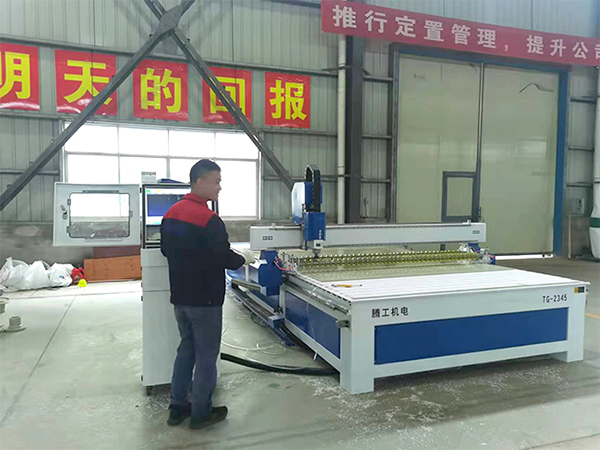
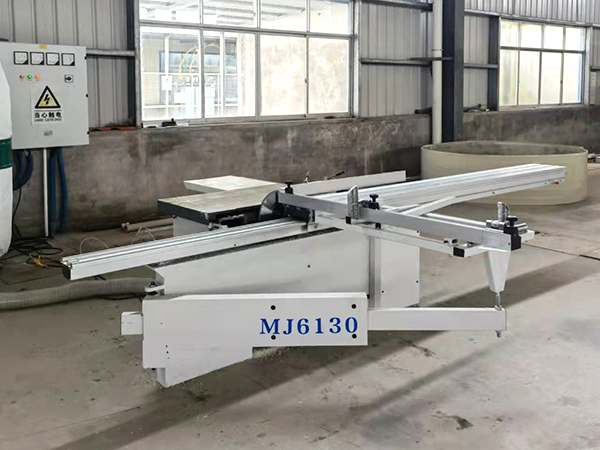
2. Raw materials:
PPH winding tank The raw materials are imported new plastic granules with equal color masterbatch raw materials. The tank bottom, tank top, flange nozzle and other accessories are processed and produced with designated new materials.

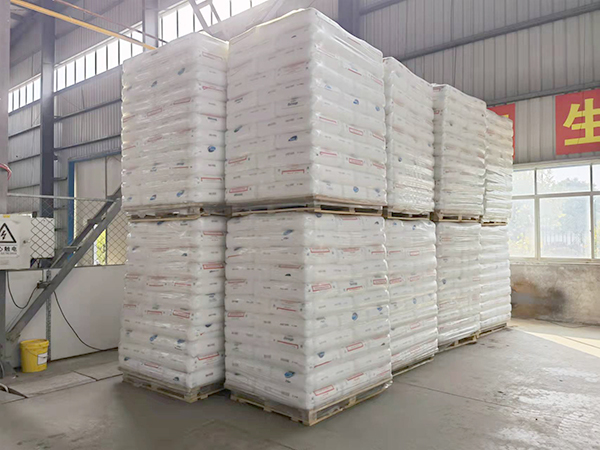
3. Can body winding: the plastic particles are heated and melted on the spiral extrusion and winding unit, and then extruded and wound on the mold to form a can body. After the temperature is reduced to a certain extent, the mold is demoulded to obtain a complete cylindrical tank.
Winding process: equipment startup and preheating → mold selection → mold installation → mold cleaning → mold heating → extrusion and winding → cooling → measurement and cutting → demoulding → mold reset → tank inspection → next process.
Process features: high production efficiency, good tank integrity, good corrosion resistance and leakage resistance, smooth and beautiful tank body, thin and thick tank body, low cost, unlimited tank size and shape, and good anti-aging performance.
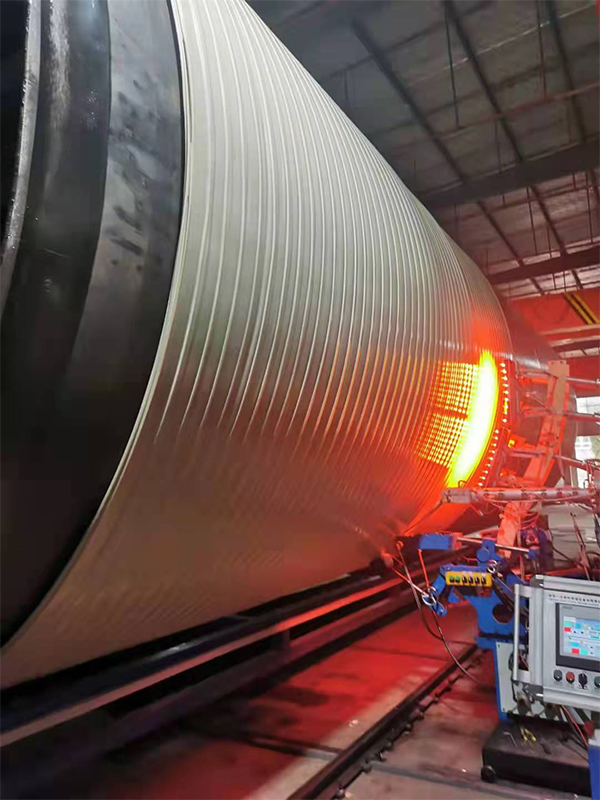
4. External welding of tank bottom: the imported automatic extrusion disc welding unit is used to make the connection part of the tank bottom plate and the outer side of the cylinder body realize the one-time welding of large welds.
Internal welding of tank bottom: the imported automatic extrusion long arm welding unit is used to make the connection part of the tank bottom plate and the outer side of the cylinder body realize the one-time welding of large welds.
Process characteristics: high mechanization and automation, stable product quality, weld specifications can be designed according to the stress characteristics of the product, so as to give full play to the integrity of the weld. The product has good integrity, the weld is integrated with the parent body, good corrosion resistance, leakage resistance, less flash, and smooth and beautiful joints.
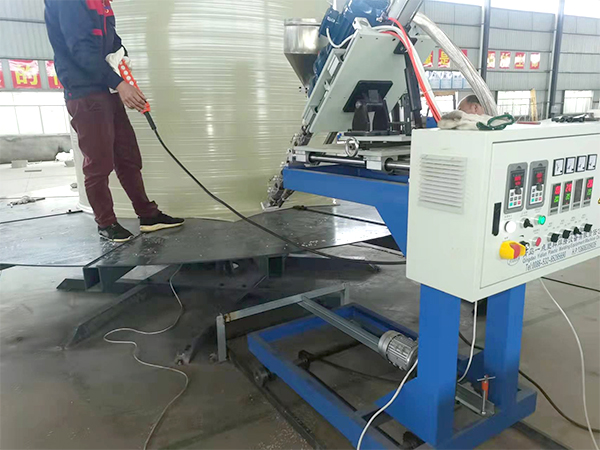


5. Installation of pipe orifice fittings: the welding gun imported from Switzerland is used and operated by experienced technicians to install the flange, joint and other tank accessories onto the tank body so that they can be integrated with the tank body. This process is the last process of tank manufacturing.
Process procedure: determine the specification and quantity of nozzle fittings and prepare them → determine the position of nozzle fittings on the cylinder → make holes on the cylinder as required → install welding flanges → weld flange stiffeners → assemble flange protection cover or flange blind plate → finally check and confirm.

6. Pure water test: the pure water test is to put pure water into the fabricated storage tank and check whether there is leakage or welding defects in the storage tank, which is also a standard for whether the storage tank is qualified.
Test process: check whether there are defects or scratches on the external surface, internal surface, welds and other parts of the tank → seal the flange nozzle at the bottom and side of the tank with a blind plate → inject water → check whether there is leakage or abnormal deformation of the tank body → record → check whether there is leakage or abnormal deformation of the tank body after 24 hours of water filling → drain water and clean the tank body → issue an inspection report and stick a certificate of conformity.
















